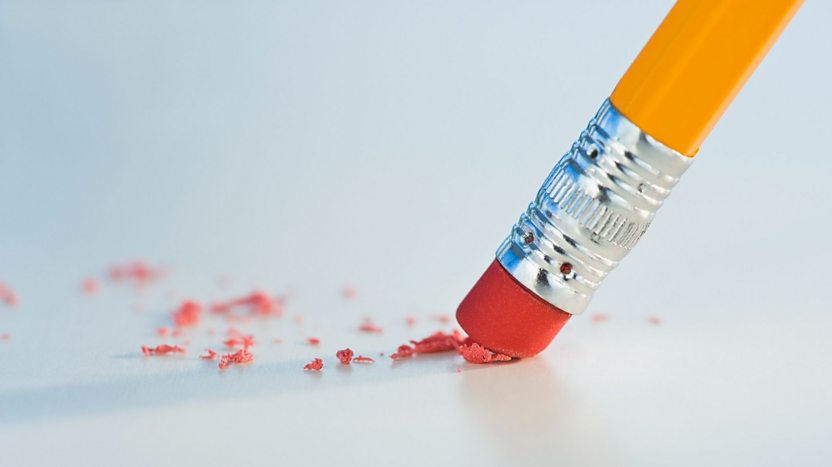The forums › Quizz, Fav TV, Fav Music, Fav Films, Books… › Vocabulary word of the day
Tagged: Dictionary, English, Vocabulary, Words
- This topic has 211 replies, 29 voices, and was last updated 1 year, 1 month ago by Zuzannah.
-
AuthorPosts
-
November 17, 2021 at 5:32 pm #178989
 November 20, 2021 at 4:23 pm #179555
November 20, 2021 at 4:23 pm #179555
(Yiddish)
November 21, 2021 at 4:49 pm #179590 November 21, 2021 at 4:55 pm #179594
November 21, 2021 at 4:55 pm #179594 December 16, 2021 at 6:12 pm #184570
December 16, 2021 at 6:12 pm #184570 December 16, 2021 at 6:13 pm #184571
December 16, 2021 at 6:13 pm #184571 December 22, 2021 at 9:35 pm #185959
December 22, 2021 at 9:35 pm #185959 March 13, 2022 at 1:23 am #197686
March 13, 2022 at 1:23 am #197686 April 11, 2022 at 10:20 am #198274
April 11, 2022 at 10:20 am #198274 April 20, 2022 at 8:13 pm #198369
April 20, 2022 at 8:13 pm #198369Glabella
The gap between your eyebrows
If you feel comfortable doing it, touch the top of your nose. You’ll probably feel a small indentation. Immediately above that is the area of skin between your eyebrows.
It could be a part of your face that you rarely think about it, but that patch of skin between the brows does have a name. It’s called the glabella, from the Latin term glabellus, meaning hairless, as it is usually a smooth, bald piece of skin. April 20, 2022 at 8:29 pm #198370
April 20, 2022 at 8:29 pm #198370Aglet
The bit at each end of your shoelace
Allowing the ends of our shoelaces to run free and fray would make threading them through the holes (or eyelets) in our shoes a fiddly, time-consuming task.It was certainly something which wasn’t going to put a delay to someone’s day in Ancient Rome. They were among the earliest people to place a small solid tip on the end of a lace or ribbon to make it easier to thread and tie them. Whereas plastic or metal metal is usually used today, back then they would have been made from glass or stone, but possibly metal too, such as brass or silver.
Nowadays, these tips are called aglets, and were once known as aiglets. The name comes from the French word aigulette, a form of aiguille which means ‘needle’ – think about how you thread a lace onto your shoe and the aglet does act like a kind of needle!
 April 20, 2022 at 8:46 pm #198373
April 20, 2022 at 8:46 pm #198373Minimus
The real name for your little fingers and little toes
This one is short but sweet, just like our own little toes and little fingers.
In anatomy, the smallest digits on our hands and feet, usually the outermost digits, are known as the minimus.It also applies to zoology, so your pet dogs and cats have their share of minimus (or minimi in the plural) too.
 April 20, 2022 at 8:51 pm #198374
April 20, 2022 at 8:51 pm #198374Ferrule
The metal that connects an eraser to a pencil
The first patent for a pencil that also included its own eraser was made in the USA in 1858. Back then, the inventor enlarged part of the groove that housed the pencil lead, enabling the eraser to slot in.These days, we’re more likely to see a crimped metal tube that bridges the gap between the top of the pencil and the bottom of the eraser. It’s called a ferrule, and the name comes from a combination of the Latin ferrum (for iron) and verrel or virl, another Latin word which suggests a small bracelet known as a viriola. That’s a lot of language in one little tube.
 April 20, 2022 at 8:57 pm #198375
April 20, 2022 at 8:57 pm #198375Obelus symbol (÷) and Octothorp or Octothorpe ( # ) and Solidus ( / )
The official names for the hashtag and the division sign
Social media must have done wonders for the hash sign, or hashtag (#). The symbol can be used to indicate the subjects people are talking about, and then helping others search for that topic.Its history is linked with telecommunications, when the symbol was created to illustrate a button on a telephone keypad. Looking a little like a noughts and crosses board, the engineers who developed it needed to give it a name. The prefix Octo was chosen to reflect the eight points on the symbol, but another syllable or two was required to complete the name.
In the end, the symbol became known as the octothorp (or octothorpe), although it remains something of a mystery where the ‘thorp/e’ part of the name originated.And a division sign (÷)? That’s an example of an obelus symbol (there are other obelus symbols, which look slightly different to the one we recognise from our maths books).
The Swiss mathematician Johann Rahn is credited with being the first to use an obelus this way in the 1659 book Teutsche Algebra. It’s not, however, a universal symbol for division – another example is the slash (/), also known as a solidus.June 7, 2022 at 3:59 am #199199Well this is a list of some odd ones I enjoyed so wanted to share.
Crapulence? Who knew?

-
AuthorPosts
- You must be logged in to reply to this topic.
Optimizing new Forum... Try it, and report bugs to support.
The forums › Quizz, Fav TV, Fav Music, Fav Films, Books… › Vocabulary word of the day












